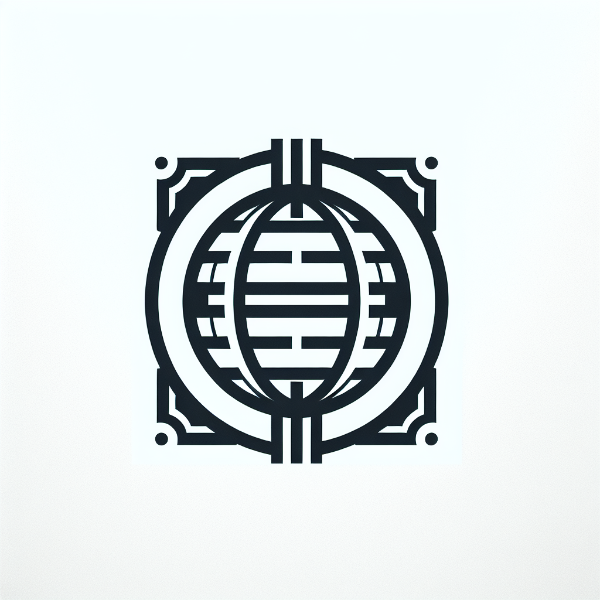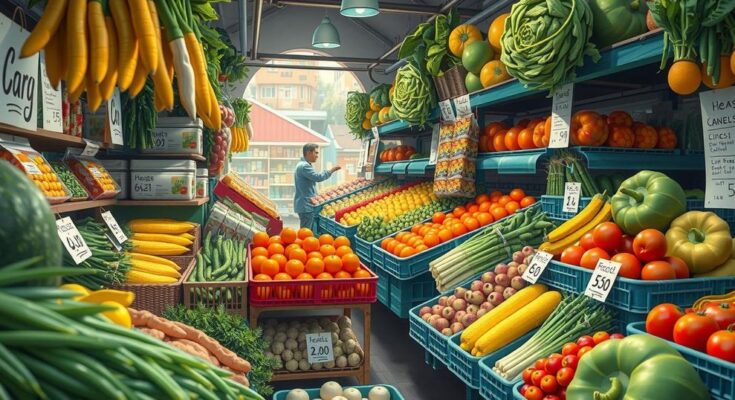Gauteng is the most expensive province for groceries in South Africa, with Johannesburg having the highest costs. The average food basket reached R5,313.22 in February 2025. Factors influencing rising grocery prices include dependence on food imports and potential VAT increases. Residents can mitigate expenses by shopping smart and supporting local markets.
The increasing grocery costs in South Africa are a pressing concern for many households. Recent findings from the Pietermaritzburg Economic Justice and Dignity (PMBEJD) group, shared by Malcolm Libera in Business Tech, reveal that Gauteng stands as the most expensive province for grocery shopping in 2025, with Johannesburg identified as the costliest city, followed by Durban and Cape Town. In February 2025, the average cost of a household food basket comprised of 44 essential items soared to R5,313.22, reflecting a nominal annual increase of 0.7%, yet food inflation remains alarming with price surges in 27 tracked items, five of which experienced double-digit inflation rates.
The rise in grocery prices can be attributed to several interlinked factors. Anchor Capital economist Casey Sprake highlights South Africa’s significant reliance on food imports, which renders the market susceptible to global fluctuations. Additionally, anticipated changes in U.S. trade policies, particularly with Donald Trump’s re-election, are raising concerns over potential tariffs, which may affect the strength of the rand and consequently raise import costs. Furthermore, the proposal for an increase in Value-Added Tax (VAT), although postponed, poses additional worries, with Shoprite CEO Pieter Engelbrecht cautioning that any tax hike could exacerbate food affordability challenges amid existing economic strain from power outages and supply chain issues.
Regional disparities in grocery pricing are evident, as demonstrated by Johannesburg residents suffering the highest costs. In February 2025, the household food basket hit R5,446.07 in Johannesburg, surpassing the national average by R132.85. Conversely, Cape Town enjoyed the lowest food basket cost at R5,250.75, while Durban was slightly higher at R5,254.06. Although there has been a modest decline in Durban’s prices compared to the past year, they remain among the most elevated in South Africa. While food inflation appears to be easing since its peak in 2024, South Africans continue to grapple with inflated grocery prices. Economic experts advise monitoring exchange rates, trade policy changes, and potential VAT adjustments, as these factors are pivotal in shaping future food pricing. To help mitigate the impacts of high costs, consumers are encouraged to shop strategically by comparing prices, purchasing in bulk, and supporting local markets.
In summary, Gauteng, particularly Johannesburg, remains the highest in grocery costs within South Africa, with an average household food basket fee escalating to R5,313.22 in February 2025. Factors contributing to this burden include reliance on imports, potential changes to U.S. trade policies, and looming VAT hikes. Although food inflation shows signs of slowing, experts suggest vigilance over market conditions while promoting smart shopping practices to ease financial strain.
Original Source: www.foodandhome.co.za




